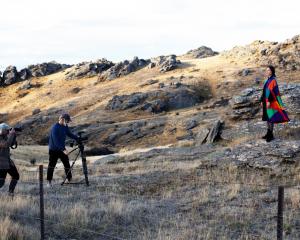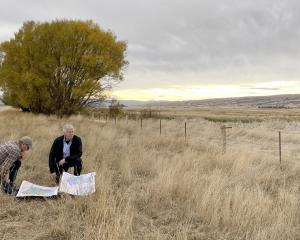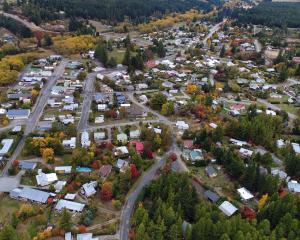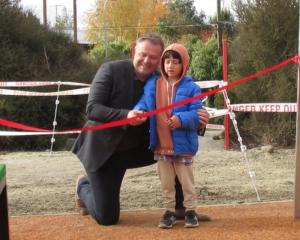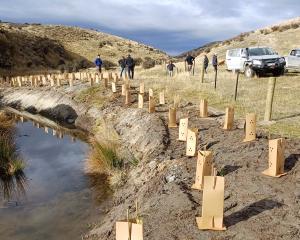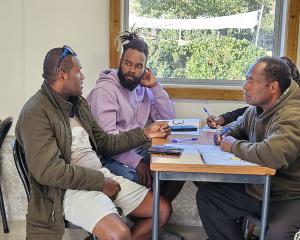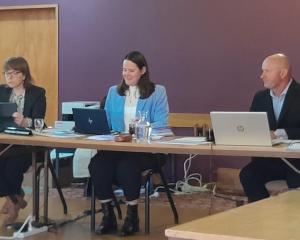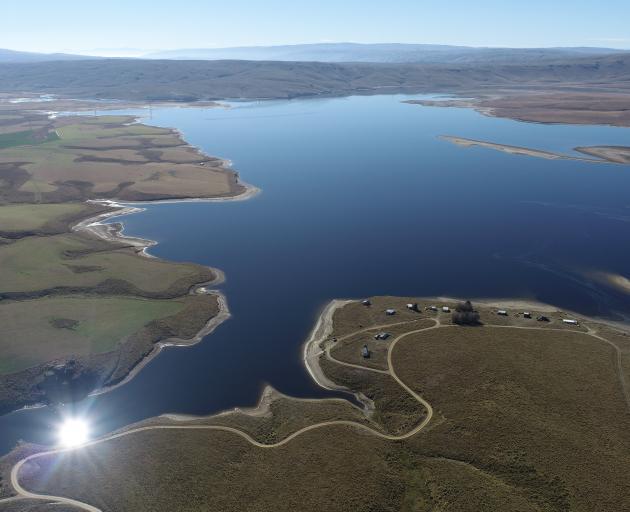
Fieldwork is being expanded into the Teviot Valley and will focus on where water could be stored before being pumped through a tunnel to Lake Onslow — if actually needed.
The purpose of a lower reservoir is to store water next to the river to minimise any impact the scheme would have on the river when drawing and discharging water.
A half-page advertisement published in the Otago Daily Times yesterday updated the NZ Battery Project’s estimated $4billion Lake Onslow option and fieldwork already completed.
The advertisement placed by the Ministry of Business, Innovation & Employment (MBIE) follows geotechnical and engineering fieldwork around the lake in April and that work would now encompass the possibility of water storage.
MBIE energy projects and programmes director Susan Hall said yesterday when contacted three possible areas had been identified — one at Lake Roxburgh where the lake would act as a reservoir and two sites further downstream, next to the Clutha River.
"It is not possible to know yet if a lower reservoir will be needed, if the scheme was to go ahead.
"The geotechnical investigations in the Teviot Valley in the next couple of months will help us gather information on the feasibility of these locations for a lower reservoir."
Until that information was gathered as part of the the wider Lake Onslow feasibility study, MBIE was unable to provide further details on what that would look like, Ms Hall said.
The ministry was working with landowners who could be affected. The work would take place across two main areas on public land such as roading reserves and take about two months.
Like the earlier work around the lake, it would include drilling bore holes and digging test pits.
The feasibility study would inform the NZ Battery Project’s report to ministers in December on possible solutions to the dry-year problem when the country was forced to burn fossil fuels to generate enough electricity.
In addition to pumped hydro and other hydro-based options, the NZ Battery Project is also looking at other technologies or approaches.

